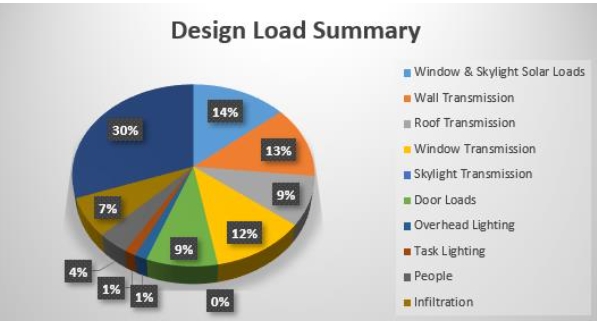Sealing of roof penetrations during building construction
Abstract
For new building construction, roofs typically have a large number of penetrations that are blocked out before the roof deck is poured. After the roof is poured, these penetrations need to be sealed temporarily to prevent rainwater entering the building. Unfortunately, it is all too common that the ad-hoc approach to sealing these openings results in penetrations left open to the elements. This results in water pouring into the building every time it rains. This paper shows examples of unsealed roof penetrations and of the subsequent damage caused. The penetrations relate to the work of several different trades, who may not place any priority on this issue. It is therefore suggested that this is a problem that the construction management team has to take charge of. At the very least, the roof should be inspected before impending rain events.
References
[1]Mattila M, Rantanen E, Hyttinen M. The quality of work environment, supervision and safety in building construction. Safety Science. 1994; 17(4): 257-268. doi: 10.1016/0925-7535(94)90027-2
[2]Jaselskis EJ, Anderson SD, Russell JS. Strategies for achieving excellence in construction safety performance. Journal of construction engineering and management. 1996; 122(1): 61-70. doi: 10.1061/(ASCE)0733-9364(1996)122:1(61)
[3]Lipscomb HJ, Glazner JE, Bondy J, et al. Injuries from slips and trips in construction. Applied Ergonomics. 2006; 37(3): 267-274. doi: 10.1016/j.apergo.2005.07.008
[4]Sanni-Anibire MO, Mahmoud AS, Hassanain MA, et al. A risk assessment approach for enhancing construction safety performance. Safety Science. 2020; 121: 15-29. doi: 10.1016/j.ssci.2019.08.044
[5]Haslam RA, Hide SA, Gibb AG, et al. Contributing factors in construction accidents. Applied ergonomics. 2005; 36(4): 401-415. doi: 10.1016/j.apergo.2004.12.002
[6]Chang WR, Leclercq S, Lockhart TE, et al. State of science: Occupational slips, trips and falls on the same level. Ergonomics. 2016; 59(7): 1-23. doi: 10.1080/00140139.2016.1157214
[7]Chi CF, Yang CC, Chen ZL. In-depth accident analysis of electrical fatalities in the construction industry. International Journal of Industrial Ergonomics. 2009; 39(4): 635-644. doi: 10.1016/j.ergon.2007.12.003
[8]Zhao D, McCoy AP, Kleiner BM, et al. Control measures of electrical hazards: An analysis of construction industry. Safety Science. 2015; 77: 143-151. doi: 10.1016/j.ssci.2015.04.001.
[9]International Code Council. 2021 International Building Code. International Code Council; 2021.
[10]Oswald D, Ahiaga-Dagbui DD, Sherratt F, et al. An industry structured for unsafety? An exploration of the cost-safety conundrum in construction project delivery. Safety Science. 2020; 122: 104535. doi: 10.1016/j.ssci.2019.104535
[11]Haupt TC, Pillay K. Investigating the true costs of construction accidents. Journal of Engineering, Design and Technology. 2016; 14(2): 373-419. doi: 10.1108/jedt-07-2014-0041
[12]Allison RW, Hon CK, Xia B. Construction accidents in Australia: Evaluating the true costs. Safety science. 2019; 120: 886-896. doi: 10.1016/j.ssci.2019.07.037
[13]Kim JM, Ha KC, Ahn S, et al. Quantifying the Third-Party Loss in Building Construction Sites Utilizing Claims Payouts: A Case Study in South Korea. Sustainability. 2020; 12(23): 10153. doi: 10.3390/su122310153
[14]Yang L, Branscum A, Smit E, et al. Work-related injuries and illnesses and their association with hour of work: Analysis of the Oregon construction industry in the US using workers’ compensation accepted disabling claims, 2007-2013. Journal of Occupational Health. 2020; 62(1). doi: 10.1002/1348-9585.12118
Copyright (c) 2024 Scott. A. Lowe

This work is licensed under a Creative Commons Attribution 4.0 International License.












